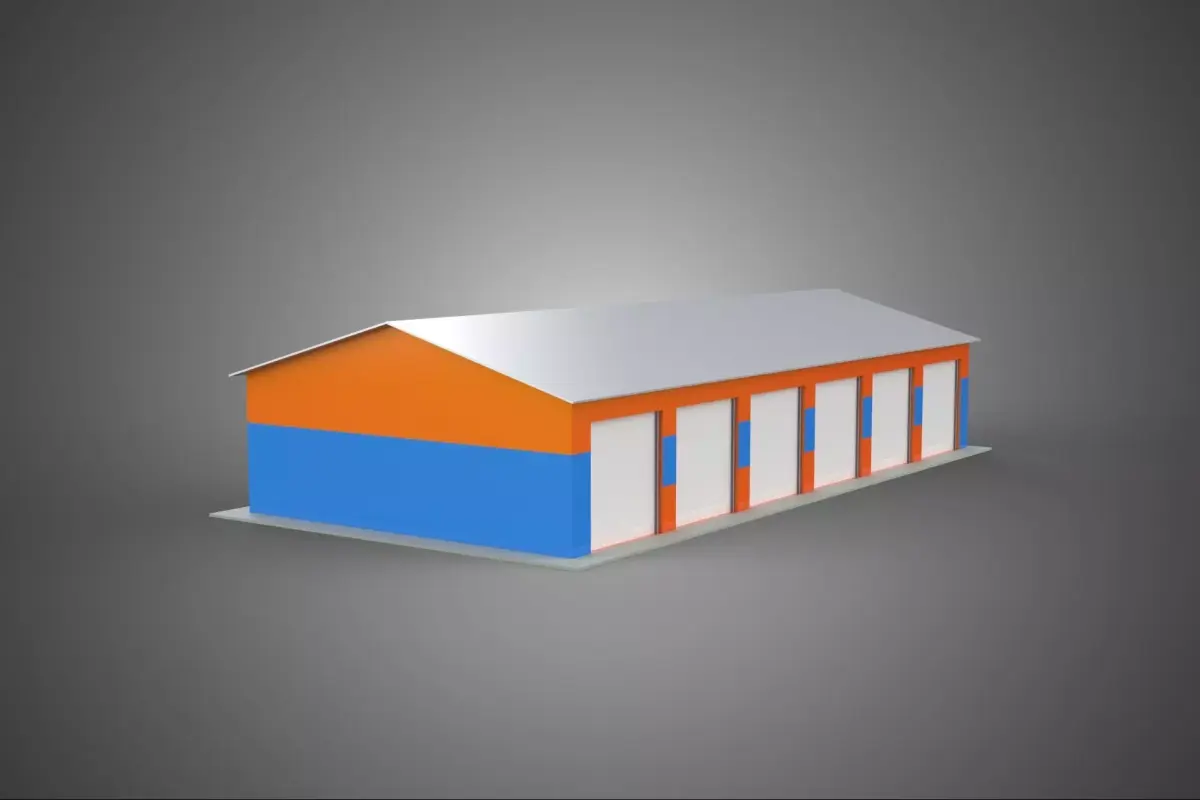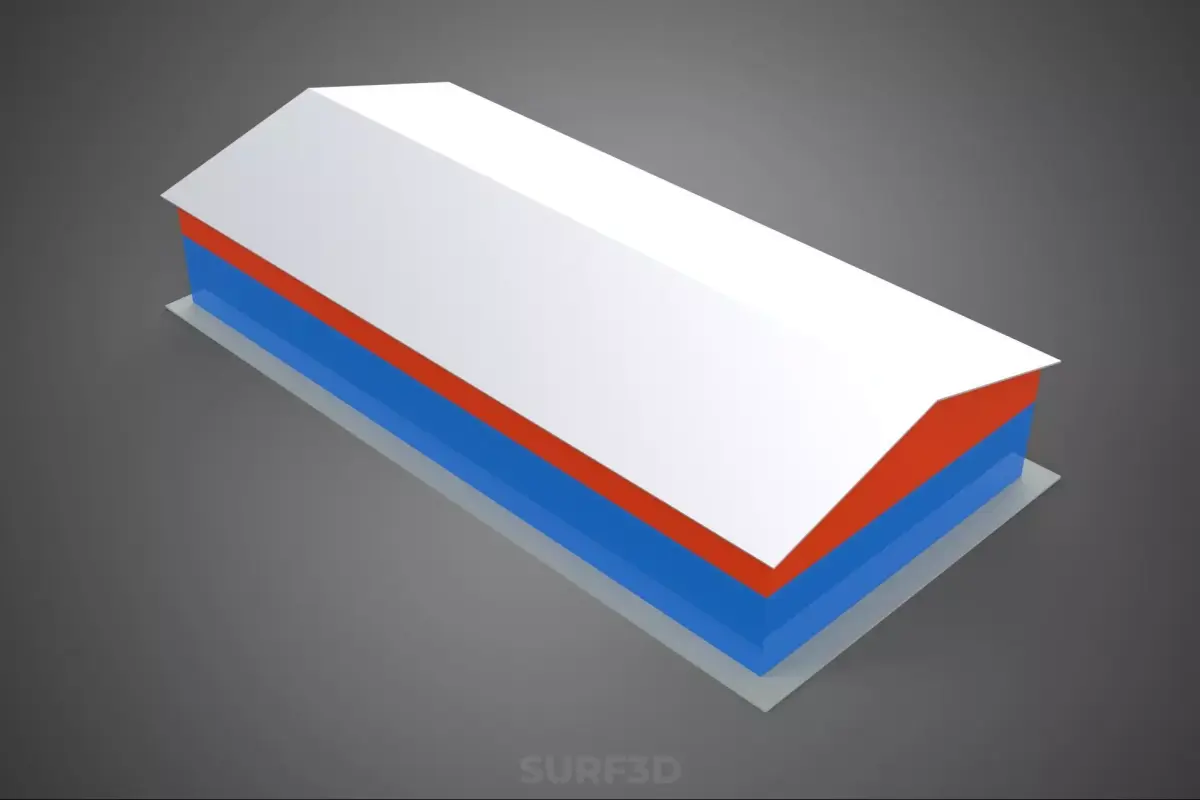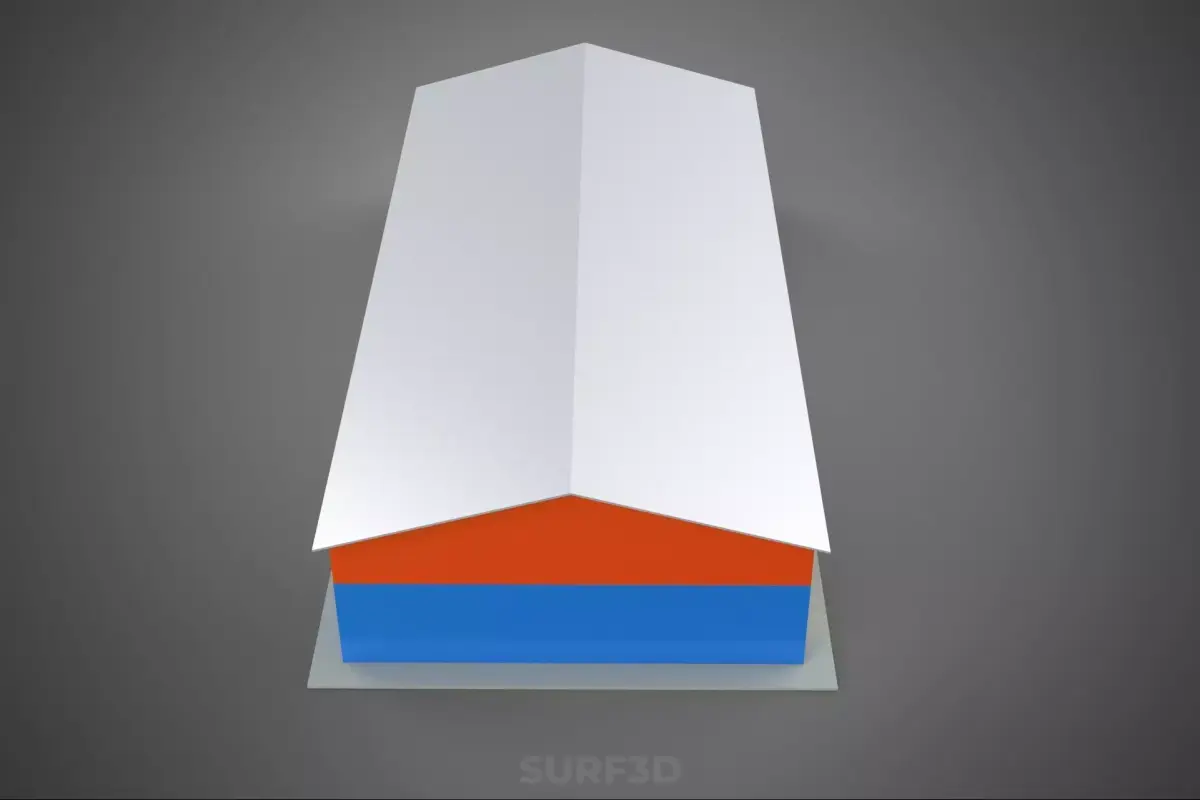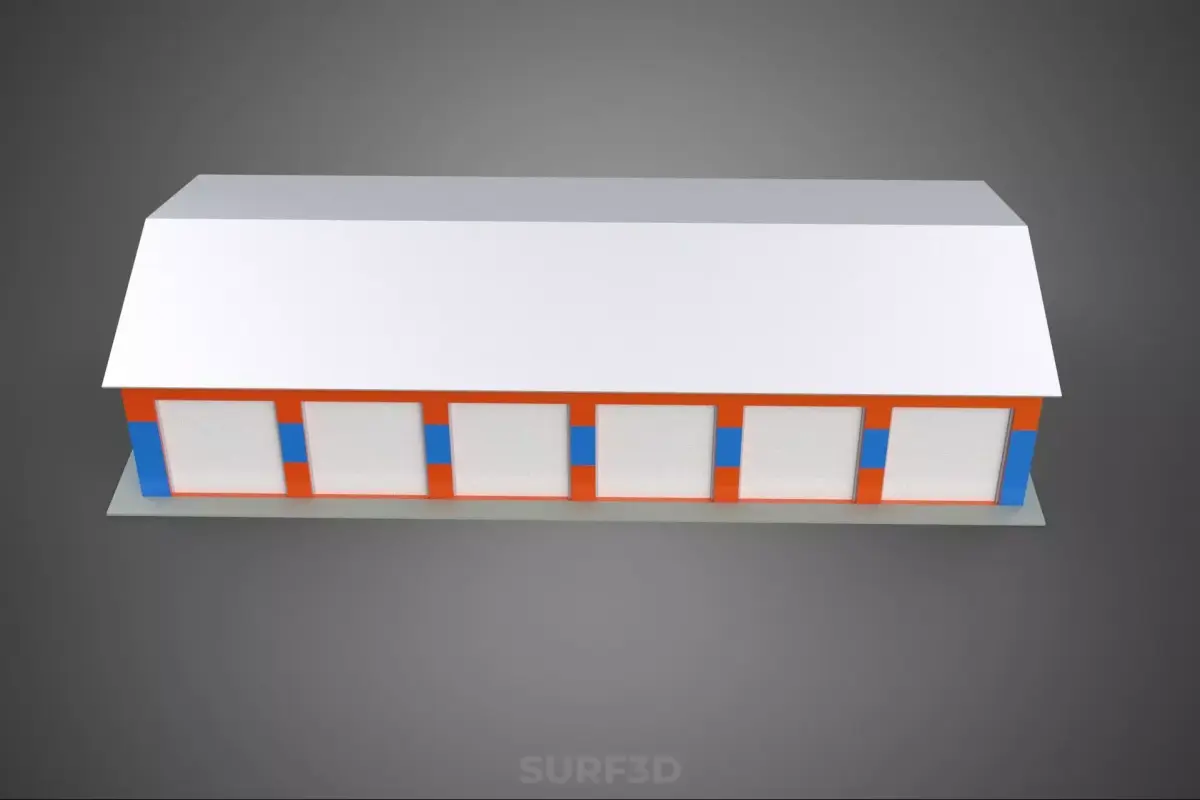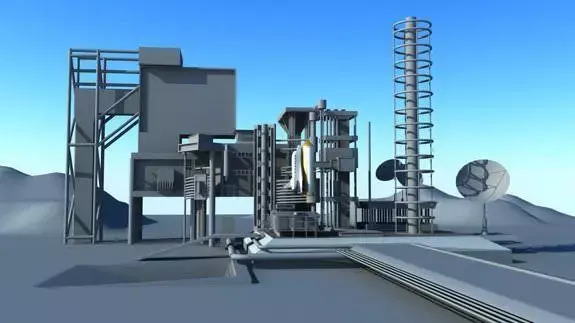- Description
- Formats
High-quality 3D assets at affordable prices — trusted by designers, engineers, and creators worldwide. Made with care to be versatile, accessible, and ready for your pipeline.
Included File Formats
This model is provided in 14 widely supported formats, ensuring maximum compatibility:
• - FBX (.fbx) – Standard format for most 3D software and pipelines
• - OBJ + MTL (.obj, .mtl) – Wavefront format, widely used and compatible
• - STL (.stl) – Exported mesh geometry; may be suitable for 3D printing with adjustments
• - STEP (.step, .stp) – CAD format using NURBS surfaces
• - IGES (.iges, .igs) – Common format for CAD/CAM and engineering workflows (NURBS)
• - SAT (.sat) – ACIS solid model format (NURBS)
• - DAE (.dae) – Collada format for 3D applications and animations
• - glTF (.glb) – Modern, lightweight format for web, AR, and real-time engines
• - 3DS (.3ds) – Legacy format with broad software support
• - 3ds Max (.max) – Provided for 3ds Max users
• - Blender (.blend) – Provided for Blender users
• - SketchUp (.skp) – Compatible with all SketchUp versions
• - AutoCAD (.dwg) – Suitable for technical and architectural workflows
• - Rhino (.3dm) – Provided for Rhino users
Model Info
• - All files are checked and tested for integrity and correct content
• - Geometry uses real-world scale; model resolution varies depending on the product (high or low poly)
• • - Scene setup and mesh structure may vary depending on model complexity
• - Rendered using Luxion KeyShot
• - Affordable price with professional detailing
Buy with confidence. Quality and compatibility guaranteed.
If you have any questions about the file formats, feel free to send us a message — we're happy to assist you!
Sincerely,
SURF3D
Trusted source for professional and affordable 3D models.
More Information About 3D Model :
A Commercial Garage Workshop Building Vehicle Car Parking Storage is a highly specialized, purpose-built facility designed to fulfill a dual or tripartite function: the repair, maintenance, and modification of motor vehicles (workshop); the structured, short-term or long-term storage of vehicles (parking/storage); and the execution of these activities on a commercial, revenue-generating basis. These structures are integral components of urban and industrial infrastructure, serving private motorists, fleet operators, dealerships, and specialized service providers.
These facilities are classified within the industrial and commercial architectural categories, often requiring specific zoning and building codes related to fire suppression, ventilation, environmental hazard containment (e.g., oil, fuel, chemical runoff), and occupational safety.
1. Workshop Component (Service Bays): This area is engineered for technical operations. Key features include high ceilings to accommodate vehicle lifts (hoists), durable, chemically resistant flooring (often epoxy or sealed concrete), extensive compressed air and electrical distribution systems, specialized ventilation for exhaust fumes and welding operations, and dedicated areas for tools and parts storage. Service bays are typically standardized to accommodate a range of vehicle sizes, from passenger cars to light commercial trucks.
2. Parking and Storage Component: The storage area differs significantly from standard parking structures. In a commercial garage context, storage spaces are often optimized for security, controlled access, and efficient vehicle movement during service intake and delivery. This may include designated quarantine or staging areas for vehicles awaiting assessment, repair, or pickup. For long-term storage, facilities may include climate control or enhanced security measures. Vertical integration (multi-story design) is common in dense urban areas to maximize usable floor space.
3. Commercial and Administrative Component: This encompasses customer reception, waiting areas, administrative offices, parts inventory warehousing, and employee facilities (e.g., locker rooms, washrooms). The layout emphasizes logistical efficiency, ensuring smooth workflow from vehicle intake to final invoice processing.
Due to the inherent risks associated with vehicle repair—including flammable liquids, high-voltage equipment, and heavy machinery—the construction adheres to rigorous standards:
- Fire Safety: Mandatory installation of automatic fire suppression systems (sprinklers), fire-rated walls separating the workshop from administrative areas, and designated storage for hazardous materials (e.g., paint booths, solvent tanks).
- Ventilation: High-capacity mechanical ventilation systems are essential for extracting carbon monoxide, volatile organic compounds (VOCs), and welding fumes, maintaining air quality compliant with occupational health standards.
- Environmental Management: Facilities must incorporate oil/water separators, floor drains leading to specialized catch basins, and impervious surfaces to prevent soil and groundwater contamination from automotive fluids. Compliance with local environmental protection agency (EPA) regulations is mandatory.
- Structural Load: Floors must support significant static and dynamic loads, including heavy vehicles, specialized diagnostic equipment, and the concentrated weight imposed by vehicle lifts.
### Economic and Operational Significance
The commercial garage workshop serves as a critical node in the automotive aftermarket industry. Operational efficiency is predicated on the intelligent layout of the building, which minimizes vehicle movement distance, optimizes technician productivity, and streamlines inventory management. The integration of parking allows for managing vehicles awaiting service without impeding workflow, directly impacting customer satisfaction and throughput capacity.
Modern facilities increasingly incorporate provisions for electric vehicle (EV) servicing, including high-voltage charging infrastructure and specialized safety protocols for battery handling and repair. Furthermore, advanced diagnostic technology often requires dedicated, climate-controlled environments for sensitive electronic equipment.
KEYWORDS: Automotive Service Facility, Vehicle Maintenance, Commercial Architecture, Industrial Building, Car Repair Workshop, Parking Structure, Motor Vehicle Storage, Fleet Management, Service Bay, Vehicle Lift, Diagnostic Center, Fire Suppression System, Hazardous Material Storage, Ventilation System, Zoning Regulations, Aftermarket Industry, Automotive Fluids, Environmental Compliance, Workshop Design, Structural Load, Operational Efficiency, Customer Throughput, Inventory Management, Multi-Story Garage, Industrial Zoning, Repair Facility, Commercial Storage, Light Industrial, Vehicle Hoist, EPA Regulations.
Features
- Animated
- Rigged
- Ready for 3D Printing
- VR / AR / Low-poly
- PBR
- Textures
- Materials
- UV Mapping
- Unwrapped UVs: Unknown
- Geometry: -
- Polygons: 165,136
- Vertices: 179,388
credited to its original author, «SURF3D». CGhub does not claim copyright ownership over the content used.
- Rhinoceros 3D ()8.24 MB
- 3D Studio ()5.74 MB
- Collada ()28.6 MB
- Autodesk FBX ()5.78 MB
- IGES ()9.24 MB
- STEP ()4.68 MB
- Blender ()16.2 MB
- Stereolithography ()7.87 MB
- 3D ACIS ()15.1 MB
- glTF ()6.84 MB
- Autodesk 3ds Max ()50.3 MB
- AutoCAD ()3.93 MB
- OBJ () (2 files)16.1 MB
- Sketchup ()1.92 MB

